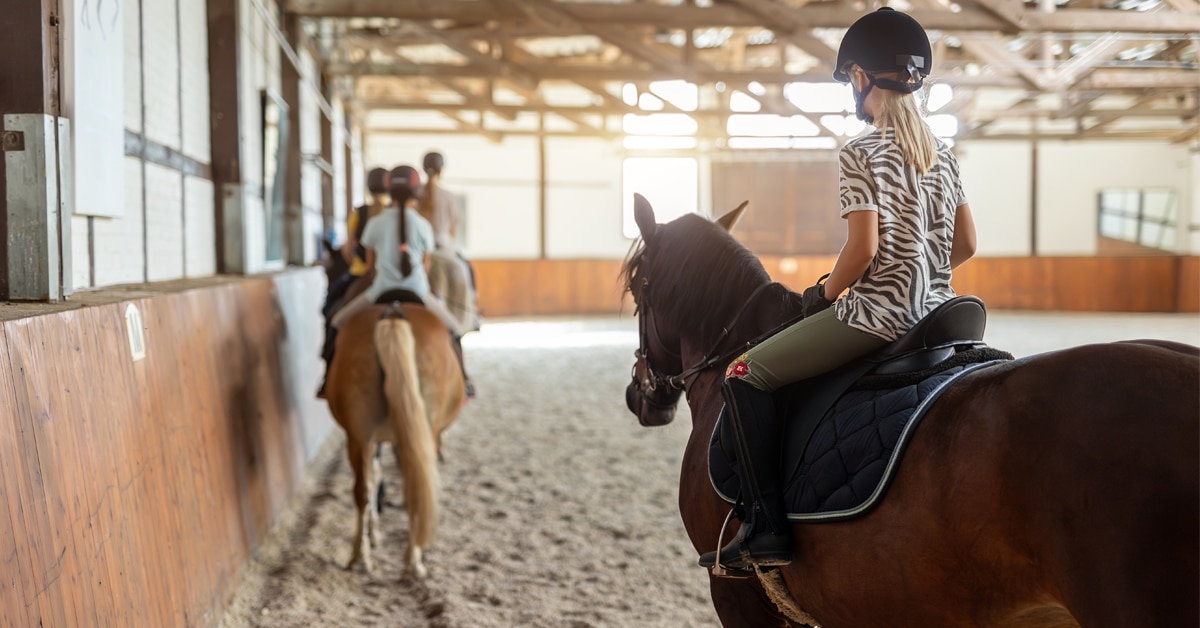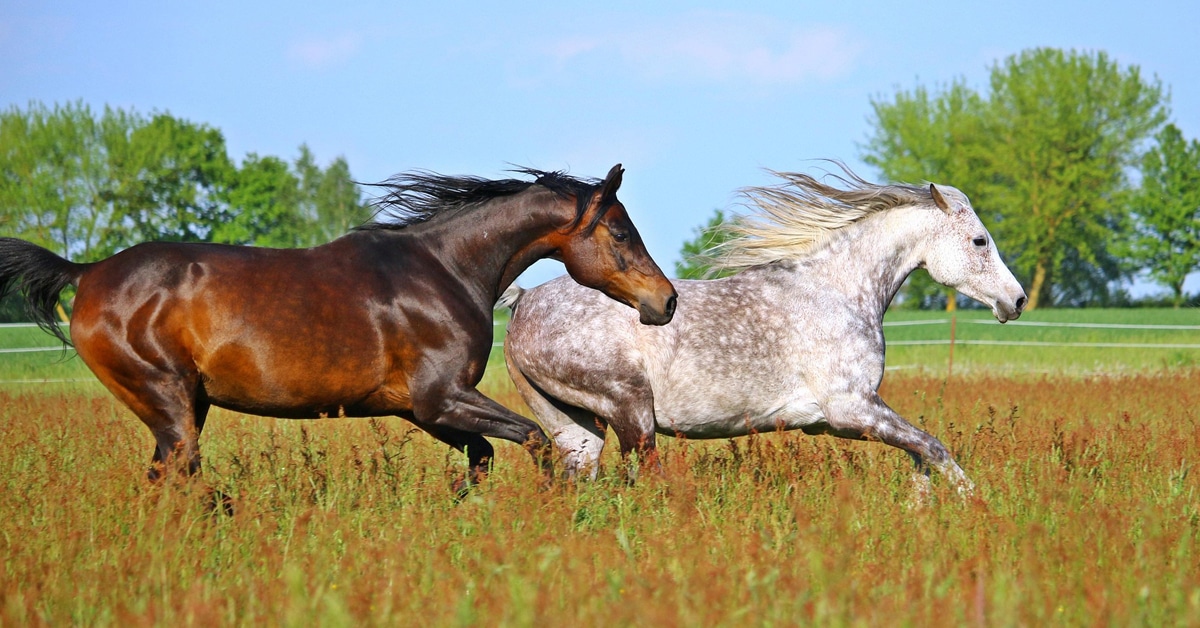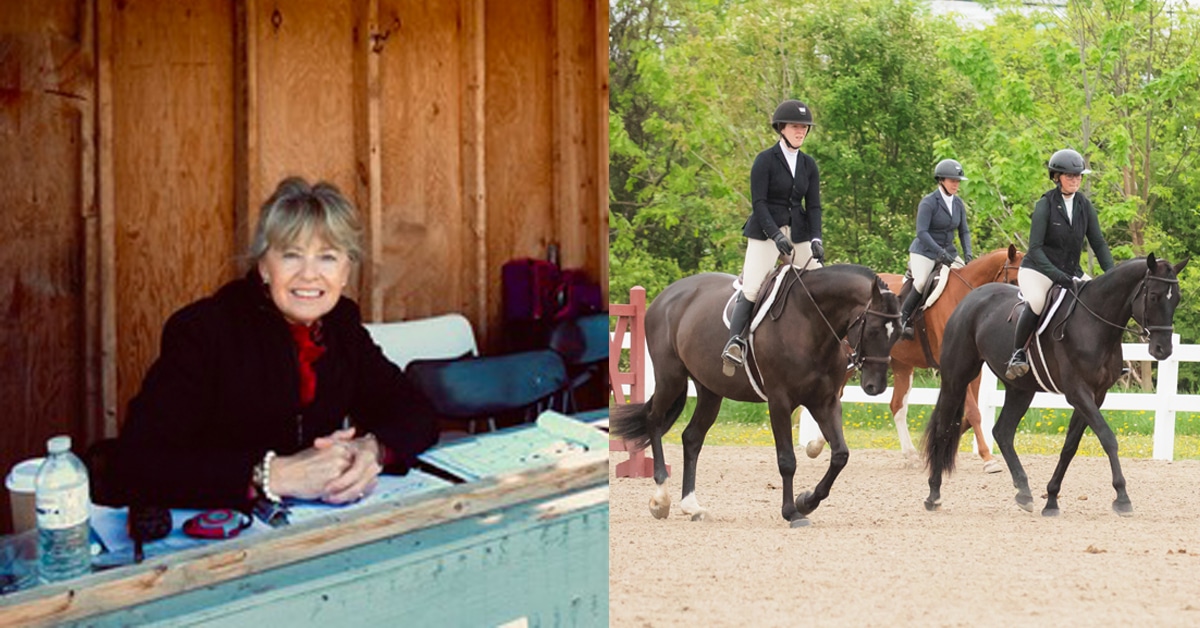If you’ve ever stood near the paddock before a big race, watching horses being walked around, you might have wondered–what exactly are we looking for? Is this all just for show, or can a horse’s behaviour in the paddock actually reveal clues about its upcoming performance?
For seasoned racegoers and sports bettors alike, that pre-race parade can be a crucial moment for picking a winner.
Why Paddock Behaviour Matters in Horse Racing and Betting
The paddock offers a rare opportunity to assess a horse’s physical and mental state just moments before the action starts. While form guides and stats provide long-term data, the paddock offers a live, immediate snapshot.
Those who engage in sports betting on horse racing often factor in paddock behaviour as part of their pre-race analysis. According to betting expert Alex Naumann, on Bet Sider platform, you can find Norwegian betting sites where your knowledge of horses’ behavior in the paddock can come in handy. While not an exact science, it’s one of those old-school methods that still holds weight today, especially when you’re down to choosing between two well-matched contenders. Observing how a horse handles the paddock environment–full of distractions, noise, and tension–can give you a valuable glimpse into its readiness to race.
Signs of a Calm and Ready Horse
The ideal paddock performance is calm, focused, and businesslike. A horse that walks confidently, head level, with a rhythmic and fluid gait, often signals readiness. These horses seem to be in their own world, not overly distracted by the crowd or other horses. Their ears are alert but not flicking wildly, their tail is relaxed, and they look muscular but not overly tense. This sort of composure often points to a horse that has been well-trained, is feeling good physically, and is mentally dialled in.
In contrast, horses that appear agitated–sweating excessively before exertion, throwing their head around, rearing, or trying to bolt–may be expending too much nervous energy. Some degree of sweating or friskiness is common, especially in warmer weather or high-stakes races, but if a horse looks like it’s already run a race before it even reaches the track, that could be a red flag.
When Bad Behaviour Isn’t Always a Bad Thing
Of course, there are exceptions. Some horses are just naturally fiery. They may look wild in the paddock but turn it on the second they’re in the gate. In fact, some of the most successful sprinters and milers have a reputation for being difficult to handle beforehand but are lightning-quick when it counts. That’s why context is everything. Is the behaviour unusual for that specific horse? Or is this just their quirky norm?
Track analysts and trainers often talk about a horse’s “usual” paddock demeanour. If a typically nervous horse suddenly looks calm, that might be a positive sign. Likewise, if a horse known for being laid-back starts to misbehave, it could be a cause for concern. Experienced bettors tend to follow particular horses over time and build a mental record of what’s typical. If you’re just starting out, pay attention to patterns over multiple races–you’ll start to see what’s a fluke and what’s a feature.
The Role of Handlers and Jockeys
Handlers and jockeys also play a key role in shaping and reacting to paddock behaviour. A skilled handler can calm an anxious horse or help channel its energy productively. Watch how the horse interacts with its handler. Is there trust, or is the horse trying to shrug them off? Some jockeys will mount in the paddock, others wait until the last minute. These decisions are often made based on the horse’s temperament.
You can also observe how the jockey behaves when mounting up. Are they relaxed and confident, or overly cautious? The jockey’s body language can mirror what they’re sensing from the horse. If they’re smiling, giving the horse a pat, and chatting with connections, that usually means things are going smoothly. If they’re rushing through the process or look tense, it might reflect some last-minute concern.
Visual Fitness and Muscle Tone
Beyond behaviour, the paddock also lets you see the horse’s physical condition up close. Sharp eyes will notice things like muscle tone, coat shine, and whether the horse appears “tightened up” and ready to run. A glossy coat, good muscle definition, and a springy step are all classic signs of a fit horse. Look at the way the horse breathes–too much heaving or flared nostrils early on may suggest it’s already feeling the strain.
Weight fluctuation can also be key. In some jurisdictions, horses are weighed before races and the figures are posted. Knowing whether a horse is returning to peak weight or drifting away from it can help back up what you’re seeing in the paddock. Again, it’s about building the full picture: physical cues, behavioural cues, and statistical cues all combine to inform your decision.
Trust Your Eyes, But Not Blindly
Paddock watching is an art, not a science. It’s not infallible, and it definitely isn’t a standalone method for choosing winners. The more races you watch, the better your eye will become, and over time, you’ll begin to notice the subtleties that separate a horse ready to fire from one that’s just not quite there.
The Latest










